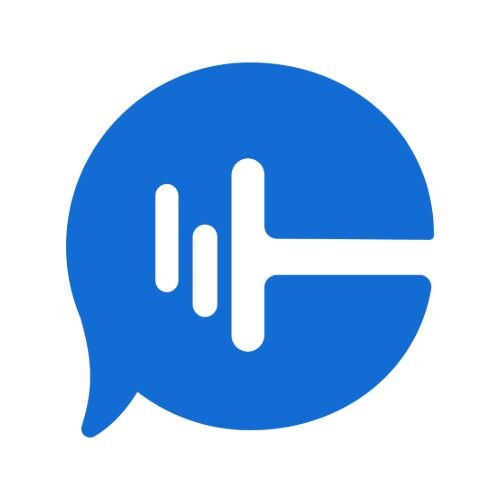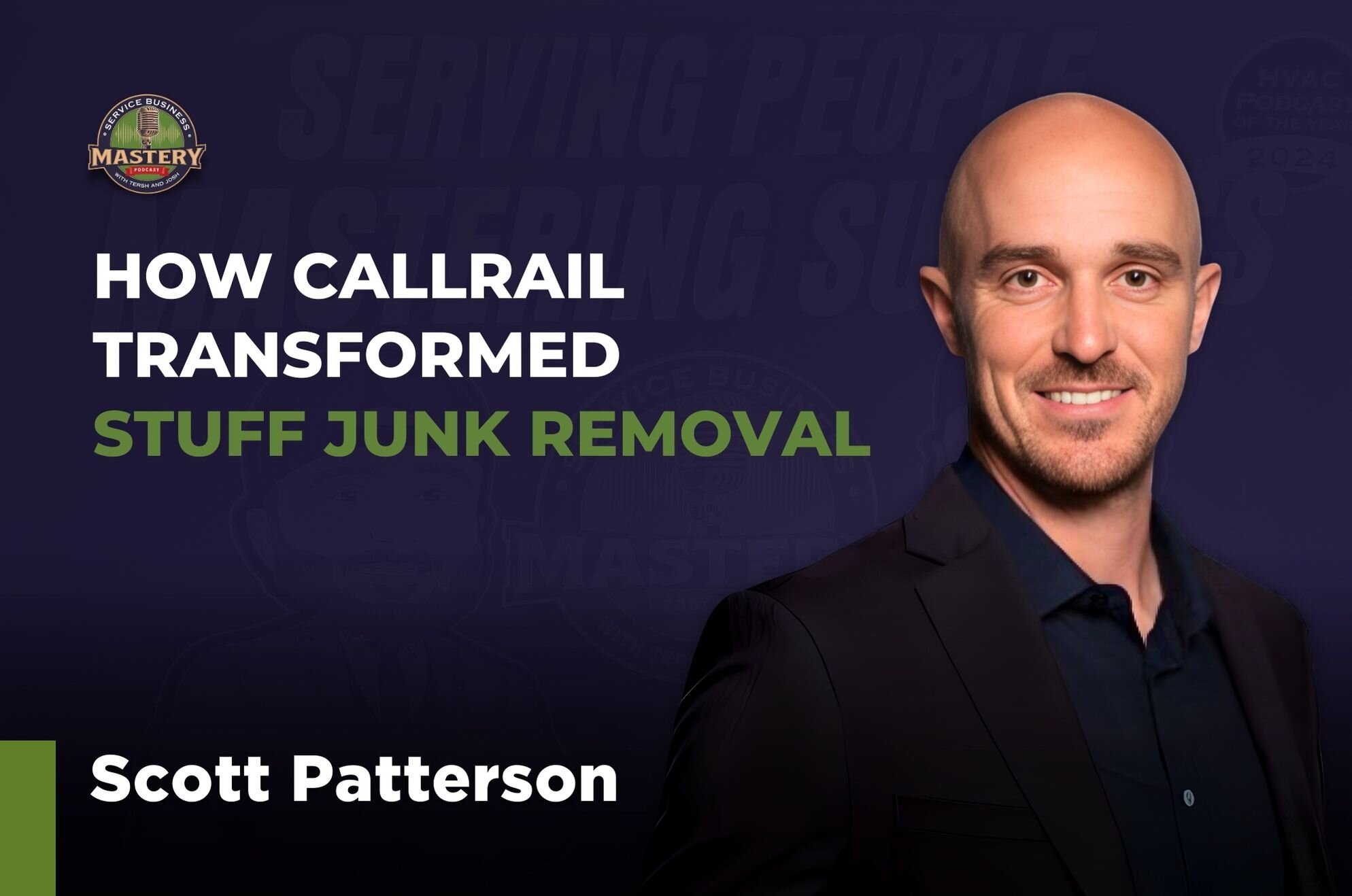Any business can create its own pay-per-click (PPC) advertising campaigns through platforms such as Google and Bing, as well as social media platforms and other networks that offer a massive online ad inventory. But even if you have experience in building these campaigns, you’re only human — and in a marketing world increasingly run by AI and machine learning, a manual approach can lead to inefficiencies.
PPC automation can offer a path to faster optimization, less spending waste, and an improved ability to reach established marketing goals. These automation tools are a heavy focus of PPC ad networks themselves because they offer a unique selling point over their competition: Marketers are more likely to gravitate toward PPC solutions that offer tools and capabilities that boost campaign performance.
Although automation itself doesn’t guarantee success, it does offer marketers and small businesses a powerful tool that raises the ceiling for campaign performance, while also reducing the manual labor that goes into these campaigns. If you’re unfamiliar with PPC automation and how it could serve your own campaigns, it’s time to find out how this data-driven approach can simplify campaign creation and management, while also providing better outcomes for your business.
Automated bid management
Bid automation is a simple but useful tool for optimizing your spend across multiple keywords. This saves significant time because you don’t have to figure out how to divide your PPC budget among different keywords and their respective price points; instead, bid automation chooses the mix that allows you to maximize your potential return.
Choosing this mix manually is time-consuming and often an inexact science, so automation eliminates a tedious process while offering comparable, or even improved, performance.
Google Ad Manager also offers a Smart Bidding automation service that employs a set of conversion-based bid strategies to optimize bids for each ad auction. Keywords aren’t the only data point considered through this solution — device type, location, time of day, and native language are just some of the contextual elements used to evaluate potential bids and optimize your spending.
Content/keyword automation
PPC campaign creation can also be supported through automation that serves your keyword research and even ad copy. When you’re running multiple campaigns, content automation can help you optimize your messaging, including ad headlines and body text, to improve results when you’re targeting an audience through specific keywords.
Ad copy
Google’s Dynamic Search Ads (DSA) are a great tool for automating your ad copy creation based on your website’s content, rather than a set keyword strategy. With DSA, the search engine crawls your website’s content to understand its subject matter and focus and then matches your webpages to related search queries by generating an ad that is relevant to the user’s search.
Terms to know:
- Dynamic ads: These ads are selected, created, and displayed through the search platform’s automation capabilities.
- Keyword insertion: This feature allows keywords to be added into ad copy in real time.
- IF function: If-then rules initiate a specific dynamic process based on predetermined criteria.
- Ad script: An ad script allows search advertisers to quickly analyze search query results to identify the keywords and phrases that are delivering the best results for their campaigns — without combing through the data line by line.
Keywords
Keyword research and targeting can also be supported through automation tools that help you discover high-value terms that will help you reach your audience based on a wide range of analyzed data, including incoming data feeds and your company’s website copy.
Terms to know:
- Broad-match keywords: This all-inclusive approach to keyword matching utilizes all available match methods at the same time, often resulting in high-volume search traffic, but questionable relevance to the search user.
- Modified broad-match keywords: This is a more selective version of broad match that allows the addition of multiple root keywords, resulting in greater search volume while still exerting some control over traffic.
- Phrase-match keywords: This match method requires the exact phrase to be included in any targeted search, but other words and phrases may also be included. A target keyword of “hiking trails,” for example, could also target “Oregon hiking trails” and “easy hiking trails near me” through phrase match.
- Exact-match keywords: This match method requires the exact phrasing of your target keywords to be used in dynamic ad campaigns. Relevance is typically high, but search volume tends to be limited.
Third-party PPC tools can also provide these automated capabilities, along with the features available in your PPC platform.
In addition, campaigns on many PPC platforms offer automated reporting based on real-time data. This gives you greater visibility into campaign performance, which can guide strategic decision-making and help you implement rules and other adjustments to improve your performance.
The benefits of PPC automation for small businesses
Looking for evidence that PPC automation can deliver additional value to your PPC strategy? Here are the biggest benefits that come with automation:
- Built-in tools for the ad platforms you use: For a small or midsize business, access to AI and machine learning tools is likely limited, and it’s costly even when you do leverage these data-driven solutions. But major PPC networks offer AI-driven automation as a benefit to their advertisers, in hopes of retaining and growing their own client base. These tools enhance your performance power in ways that beginners’ manual PPC management can’t.
- The ability to scale your PPC efforts: Automation alleviates the time demands of PPC, allowing you to increase your PPC campaigns and time spent managing other SEM strategies.
- Reduced PPC waste, and higher ROI: Although improved results can’t be guaranteed when using PPC automation, proper use of these tools is likely to accelerate the optimization process for your PPC campaigns. Over time, this should lead to better results and less wasted spending, both of which will boost your return on investment.
Tips for creating an automated PPC campaign
Because automation strategies are so specific to the tools and platforms you’re using for PPC, the step-by-step process is going to be customized to your business and your PPC campaigns. But certain tips and PPC best practices can position your company to generate better returns from automated strategies. Here are a few to keep in mind as you approach PPC automation for the first time:
Identify your goals
Are you overwhelmed with the time commitment required for effective bid management? Are your campaigns struggling to drive results? Or are you worried that your selected keywords aren’t effectively reaching your target audience?
These are just a few reasons why you might be considering automation for your campaigns. Whatever the case may be, identify these needs and goals before you select your automation tools and approach.
Because automation capabilities vary from one solution to the next, you need to make sure your platform or tool of choice will be able to achieve your goals.
Make sure you have enough data to support insightful automation
Machine learning uses past performance to guide optimizations.
As your campaigns run and more data is collected, automation tools will continue to learn what works best for your campaigns and your audience for ad components such as bid optimization and bid management.
Evaluate all of your automation options
Evaluate all of your options when it comes to in-platform automation tools, third-party services that can integrate with your PPC platform, and even custom scripts that can be copied and pasted into your platform. Google Ads alone can be customized and automated through hundreds of custom scripts, many of which are available for free online.
Have analytics in place to monitor your results
Don’t automate if you can’t also measure. Even if a PPC platform offers analytics in its dashboard, you probably want to integrate your own stand-alone analytics solution to generate the insights and performance reports you need to measure your ROI and guide strategic improvements.
How to measure the success of an automated campaign
Depending on how you leverage automation to support your PPC campaigns, progress might not be evident overnight. This is especially true when you’re using PPC performance data to identify areas where optimization can deliver better results.
In these instances, you likely need to use automation tools across a number of iterations of a single PPC campaign before you start to see the ROI gains resulting from optimization — and even then, machine learning can continue to refine its understanding of success and gear your campaigns toward even more productive marketing methods.
The success of automation will be determined by the metrics you deem most reflective of success. A broad metric such as return on ad spend (ROAS), for example, offers a basic, high-level view of your ROI, which you can then track over time to see how automation is raising that number.
Other metrics commonly used in PPC analytics, including click-through rate, cost per click, total conversions, and conversion rate, can all help track automation ROI when you compare how these metrics change over time frames in which automation is being used to refine your PPC campaigns.
PPC automation isn’t like putting a car on auto-pilot. You still need to monitor campaign performance and use analytics to assess the gains you’re receiving through your automation strategy.
Marketers who ask automation to do all the heavy lifting for their PPC campaigns are likely to see underwhelming results and a poor ROI, or even a loss on their PPC spending. Use automation like you would use any other paid search marketing tool in your toolbox: as a valuable solution that can help guide your SEM strategy to new heights, and faster than you ever could on your own.











